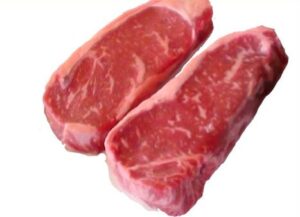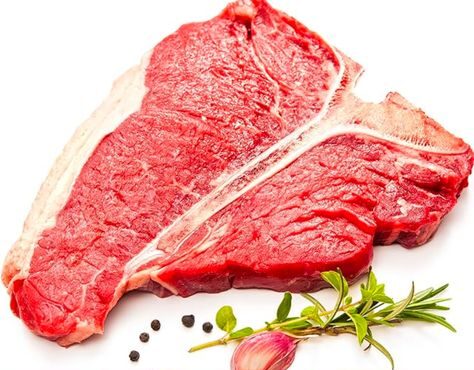Imagine this: you take your first bite of steak, and it melts in your mouth like butter—a symphony of flavor and texture that leaves you craving more. But what if the last time you cooked steak at home, it turned out tough or dry? Don’t worry; you’re not alone. Achieving tender steak is an art, but with the right techniques, anyone can master it. In this guide, we’ll walk you through everything you need to know about how to make steak tender—complete with a step-by-step recipe, expert tips, and answers to your most pressing questions.
By the end of this article, you’ll feel confident enough to cook a steak so tender that it rivals your favorite restaurant’s offering. Whether you’re a beginner or a seasoned home cook, this guide will equip you with all the tools and knowledge you need.

Why Is My Steak Tough? Common Mistakes to Avoid
Before diving into the recipe, let’s address why steaks sometimes turn out tough. Understanding these pitfalls will help you avoid them and ensure every steak you cook is juicy, flavorful, and tender.
Cooking at the Wrong Temperature
One of the biggest mistakes people make is cooking their steak at the wrong temperature. Overcooking leads to dryness, while undercooking might leave it chewy. For optimal results, always use a meat thermometer to check the internal temperature. The USDA recommends cooking beef to at least 145°F for safety, but many prefer medium-rare (around 130°F–135°F) for tenderness.
Skipping Resting Time
Did you know that slicing into your steak too soon can ruin its texture? When you remove steak from the heat, juices are still redistributing throughout the meat. Cutting into it immediately causes these juices to escape, leaving the steak dry. Always let your steak rest for at least 5 minutes before serving.
Choosing the Wrong Cut
Not all cuts of beef are created equal. Some are naturally tougher due to higher amounts of connective tissue. If you want tender results, pick cuts known for their marbling and soft texture, such as ribeye or filet mignon.
Not Using Proper Tenderizing Techniques
Marinades, pounding, and aging can transform even tougher cuts into something succulent. These methods break down muscle fibers and collagen, resulting in a more tender bite.
Choosing the Right Cut for Tender Steak
When it comes to making steak tender, selecting the right cut is half the battle. Let’s explore which cuts work best for tenderness and why they stand out.
Best Cuts for Tender Steak
Here’s a breakdown of the top contenders:
- Ribeye
- Known for its rich marbling, this cut delivers unparalleled juiciness and tenderness.
- Ideal for grilling or pan-searing.
- Filet Mignon
- Often called the “king of steaks,” filet mignon is incredibly tender but has a milder flavor profile.
- Perfect for special occasions.
- New York Strip
- Offers a balance of bold flavor and moderate tenderness.
- Great for those who love a bit of chew with their steak.
- T-Bone/Porterhouse
- Combines two textures in one cut: the tenderloin (filet) and the strip steak.
- Best when grilled to showcase both sides.
Budget-Friendly Options
If premium cuts aren’t within your budget, don’t fret. There are affordable alternatives that can still yield tender results with proper preparation:
- Flank Steak : Thin and flavorful, flank steak benefits from quick, high-heat cooking and slicing against the grain.
- Skirt Steak : Similar to flank steak, it shines in dishes like fajitas.
- Sirloin : While slightly firmer, sirloin becomes tender with marinades or slow-cooking methods.
To help you decide, here’s a comparison table of popular cuts based on tenderness, flavor, and price:
Now, let’s get to the heart of the matter—your ultimate guide to making steak tender. Follow these steps carefully, and you’ll be rewarded with a deliciously tender piece of meat.
Ingredients You’ll Need
For this recipe, gather the following ingredients:
Tools You’ll Need
- Cast iron skillet
- Tongs
- Meat thermometer

